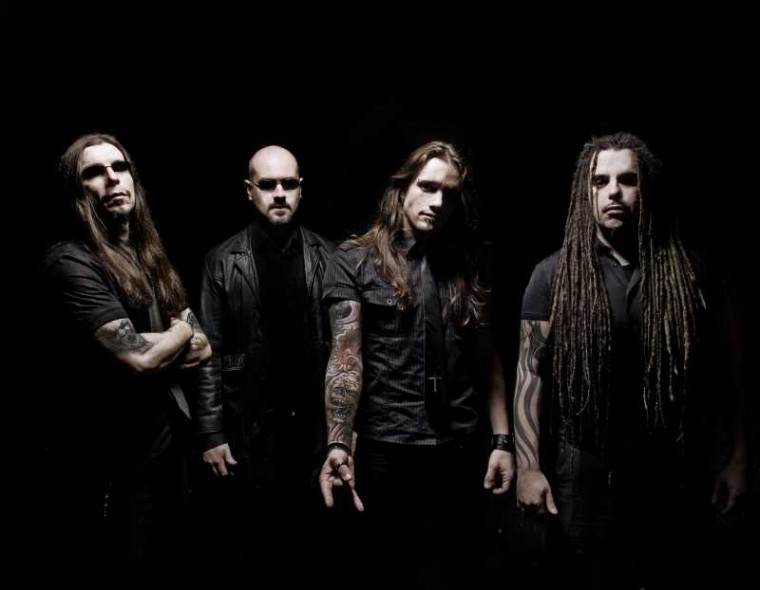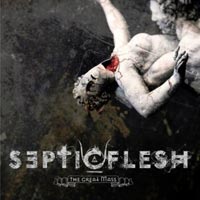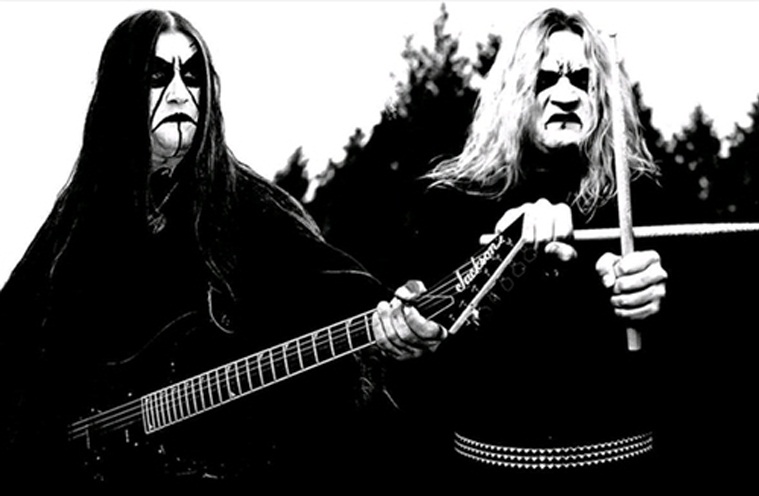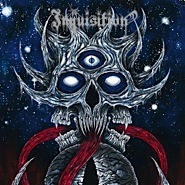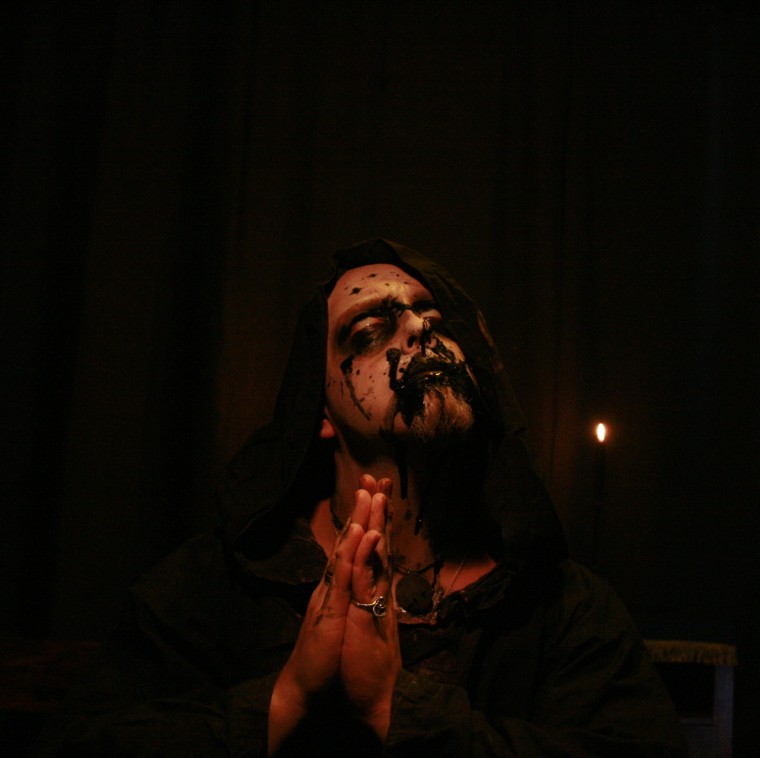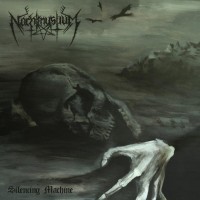 Nachtmystium: Silencing Machine (Century Media, 7/31/12)
Nachtmystium: Silencing Machine (Century Media, 7/31/12)
“Borrowed Hope and Broken Dreams”
Nachtmystium: “Borrowed Hope and Broken Dreams”
Silencing Machine, Nachtmystium’s sixth full-length album, re-embraces the traditional Norwegian black-metal sound of its early efforts. The band’s first recordings were Darkthrone covers at heart, but by the time of Instinct: Decay in 2006, it had traded minimalism for riff salads and more textured songs. The Black Meddle series, consisting of Assassins (2008) and Addicts (2010), was purposefully experimental, drawing comparisons to Pink Floyd and Ministry.
Now Nachtmystium takes the lessons learned from experimentation and applies them to the conventional black-metal language of moveable minor chords and tremolo picking.


